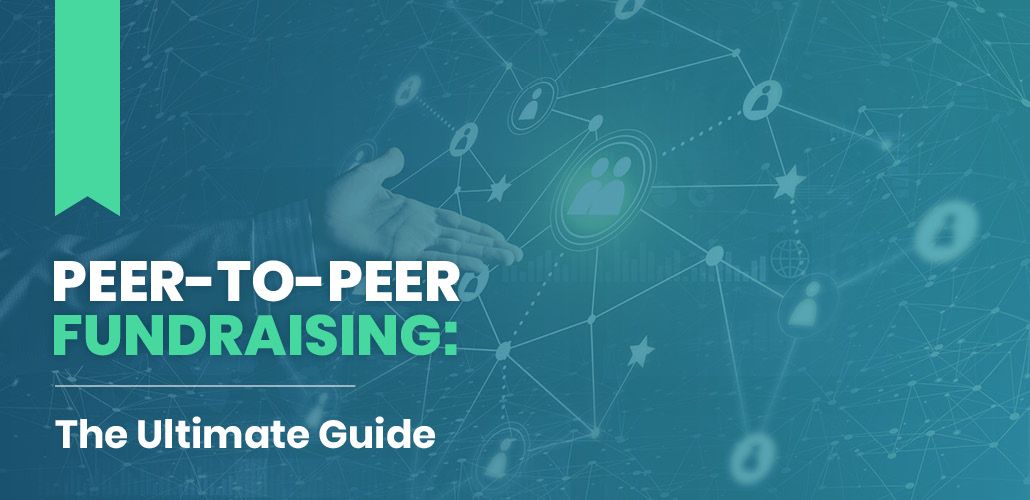Online Fundraising: Effective Digital Campaigns for Nonprofit Success
Online Fundraising: Effective Digital Campaigns for Nonprofit Success
Blog Article
The Role of Neighborhood Interaction in Nonprofit Fundraising: Building Lasting Relationships for Lasting Support
Neighborhood engagement is increasingly recognized as a critical component of effective nonprofit fundraising. By cultivating authentic connections with regional stakeholders, companies can cultivate trust fund and loyalty, which are necessary for sustainable assistance. However, the approaches and techniques employed to engage neighborhoods vary commonly, elevating essential inquiries concerning performance and impact. What are the very best techniques for cultivating these vital connections, and just how can nonprofits determine their success in this sector? Understanding these dynamics could dramatically influence the future of fundraising initiatives and the general objective of not-for-profit companies.
Recognizing Community Engagement
Area engagement is a vital part of successful nonprofit fundraising efforts. Nonprofits must recognize key stakeholders-- such as area participants, neighborhood businesses, and various other organizations-- to produce efficient interaction methods.
Effective community engagement is asserted on energetic listening and responsiveness to the needs and passions of the area. This process involves getting responses, recognizing neighborhood dynamics, and ensuring that the organization's mission aligns with neighborhood concerns. Engaging the community can take numerous types, including public conferences, volunteer opportunities, and collaboration initiatives, each developed to urge participation and financial investment in the company's goals.
Additionally, neighborhood interaction must be come close to as a continuous discussion instead of a single initiative. By cultivating an inclusive environment where area voices are heard and valued, nonprofits can build a strong foundation for future fundraising endeavors. Eventually, a deep understanding of neighborhood engagement equips organizations to produce genuine links that enhance their total efficiency and sustainability.
Benefits of Solid Relationships
Solid relationships developed via area interaction yield countless advantages for nonprofit fundraising initiatives. Firstly, these connections foster count on and trustworthiness, necessary components in motivating contributors to contribute. When prospective fans see a not-for-profit proactively associated with their neighborhood, they are most likely to count on its mission and influence.

Furthermore, these relationships assist in efficient communication. Nonprofits can leverage their connections to share tales of influence, updates, and requires, ensuring that fans stay enlightened and involved. This open line of interaction not only reinforces bonds but additionally motivates referral promo, increasing the nonprofit's reach.
Lastly, strong area ties can attract new companions and sponsors. Companies and individuals are a lot more inclined to straighten with companies that demonstrate purposeful neighborhood participation, providing added resources and support that can dramatically boost fundraising capacities. Thus, cultivating durable connections through community interaction is integral to a nonprofit's lasting fundraising success.
Techniques for Efficient Involvement
Just how can nonprofits effectively involve their communities to improve fundraising efforts? Creating targeted strategies is vital for promoting purposeful connections. First, leveraging social networks platforms enables companies to share their mission dynamically and interactively, getting to a wider audience. Normal updates, involving content, and calls-to-action can galvanize area passion and participation.
Second, organizing neighborhood occasions, such as workshops, volunteer opportunities, or fundraising drives, assists in in person interaction, allowing nonprofits to display their impact and efforts. These occasions not only elevate funds however likewise cultivate partnerships and allow area participants to engage straight with the cause.
Third, carrying out tailored interaction techniques can boost involvement. Customizing messages to certain donor sectors based on passions and previous contributions fosters a feeling of belonging and financial investment in the organization's objective.
Finally, creating partnerships with regional services and neighborhood leaders can amplify outreach efforts. Collective initiatives can enhance presence and reputation, demonstrating a collective dedication to the area's health. By integrating these techniques, nonprofits can build long lasting connections that boost fundraising initiatives and drive sustainable assistance.
Determining Interaction Success
While engaging the neighborhood is essential for effective nonprofit fundraising, measuring the performance of these interaction initiatives is equally important. Developing clear metrics allows companies to examine just how well they are getting in touch with their audience and attaining their fundraising goals. Key performance indications (KPIs) such as contributor retention prices, volunteer involvement degrees, and engagement on social networks systems Home Page offer substantial information for evaluation.

Routinely examining these metrics makes it possible for organizations to pivot their approaches when required, guaranteeing that community interaction stays lined up with their general objective. Furthermore, sharing these results with stakeholders fosters transparency and constructs count on, motivating further area participation. Ultimately, a robust dimension structure not only notifies future fundraising campaigns yet additionally enhances the relationship between the nonprofit and its supporters, preparing for lasting success.
Study in Community Effect
Various study illustrate the extensive influence that neighborhood visit engagement can carry not-for-profit fundraising success. One significant example is the "Something to chew on" campaign, where a regional food financial institution partnered with services and institutions to host community suppers. These occasions not only elevated funds but additionally fostered a feeling of belonging amongst participants, considerably enhancing donor retention prices.
An additional engaging case is the "Environment-friendly Spaces Project," which entailed local homeowners in the revitalization of city parks. This initiative not only gathered monetary assistance from neighborhood companies however additionally cultivated a volunteer base that added to recurring upkeep and programming. The sense of possession and pride amongst neighborhood participants translated into sustained payments.
In the world of arts, the "Art for All" project effectively involved regional artists and patrons to create collective art installments, leading to boosted exposure and contributions for a local arts not-for-profit.
These examples highlight that when nonprofits focus on community participation, they can produce lasting connections that boost fundraising initiatives, ensuring lasting support and cultivating a lively neighborhood culture. Such situations show that area engagement is not just a strategy but a crucial column of nonprofit success.
Verdict
To conclude, neighborhood interaction is important to the success of not-for-profit fundraising initiatives. By cultivating solid connections with neighborhood stakeholders, organizations boost count on and reputation, leading to enhanced donor retention and loyalty. Carrying out reliable engagement techniques and gauging their impact makes sure that nonprofits can adapt and prosper. Eventually, a robust structure he said of neighborhood assistance not only amplifies fundraising potential yet likewise cultivates a society of cooperation, necessary for attaining long-lasting organizational goals and maintaining significant impact.
Nonprofits have to identify key stakeholders-- such as area participants, neighborhood companies, and other organizations-- to create effective engagement approaches.

In final thought, area interaction is integral to the success of not-for-profit fundraising initiatives.
Report this page